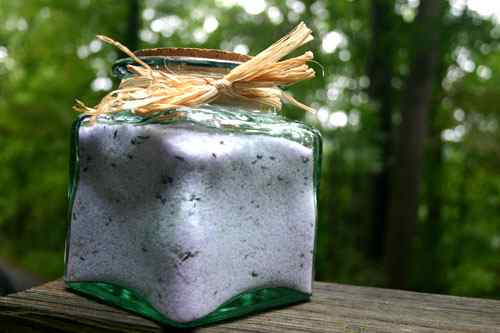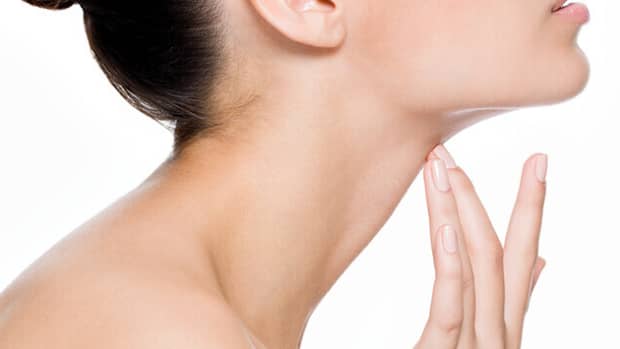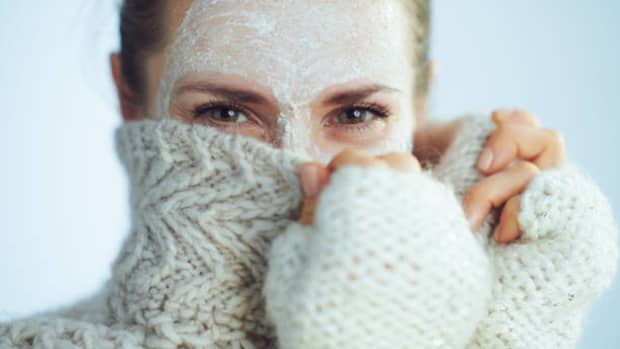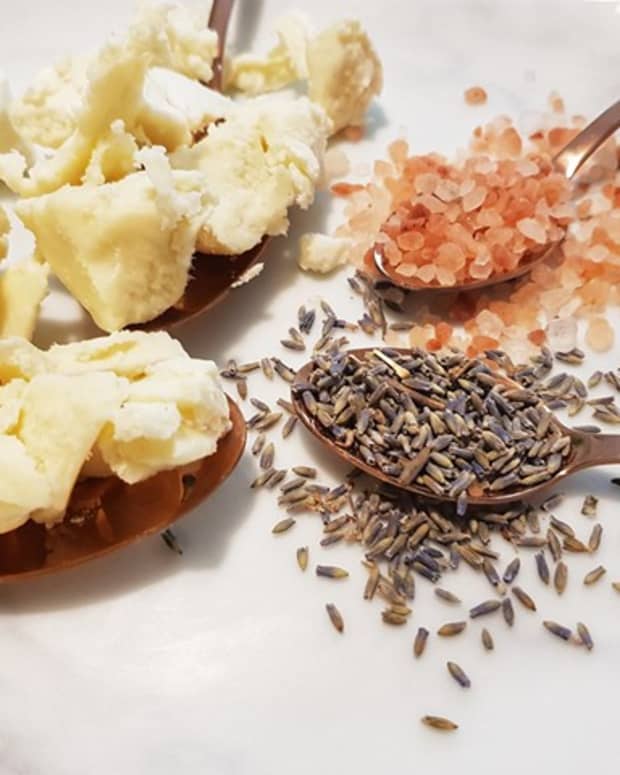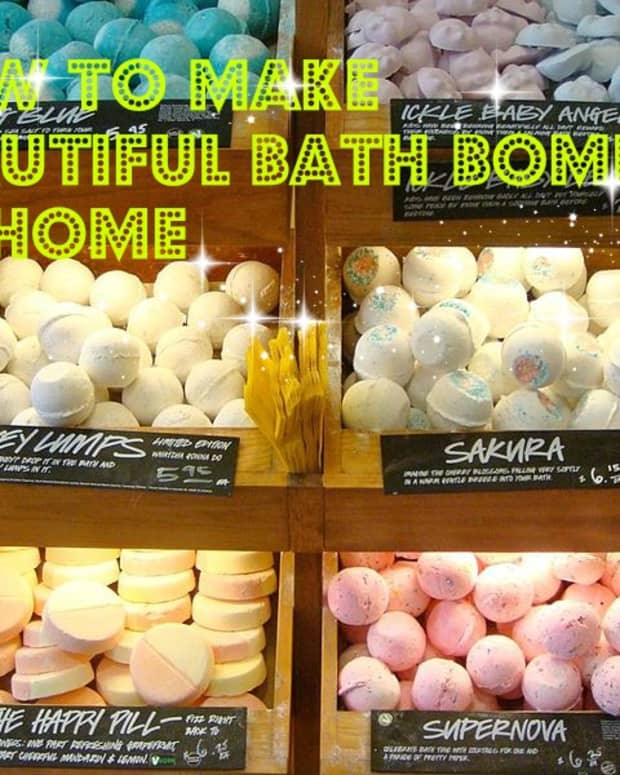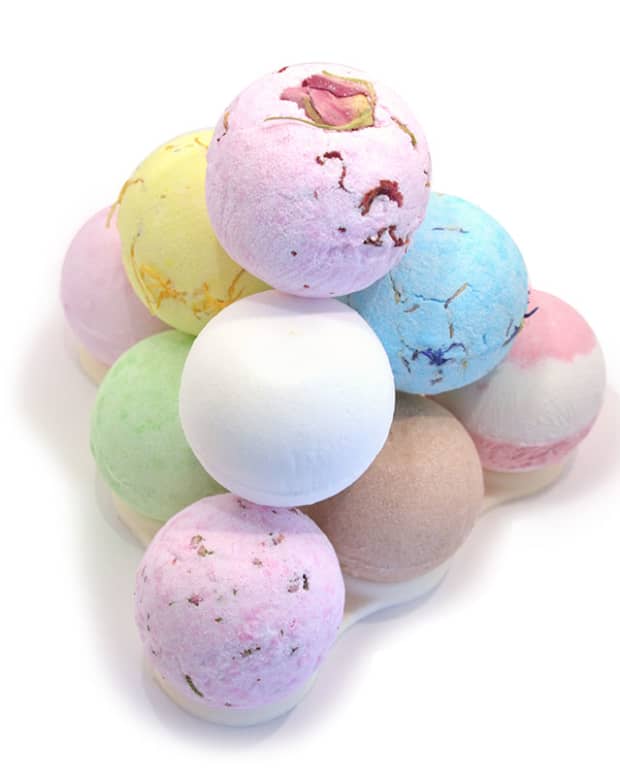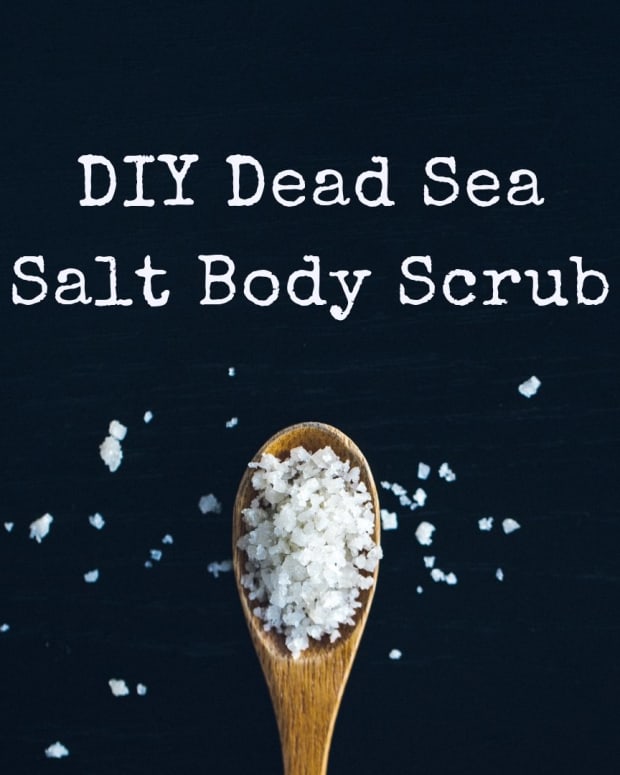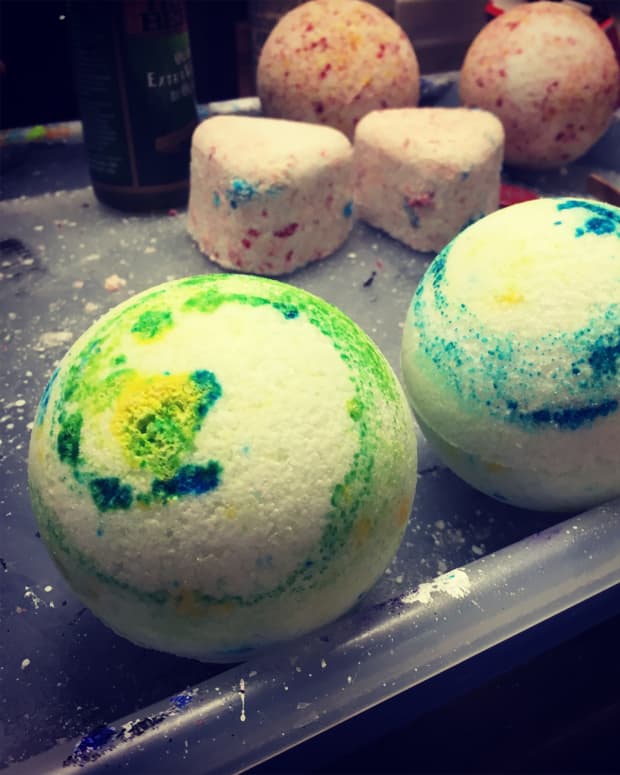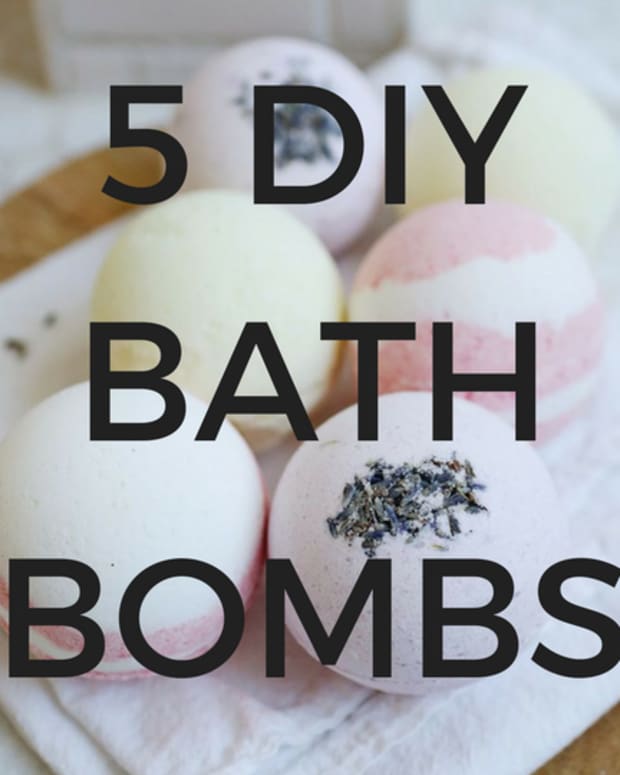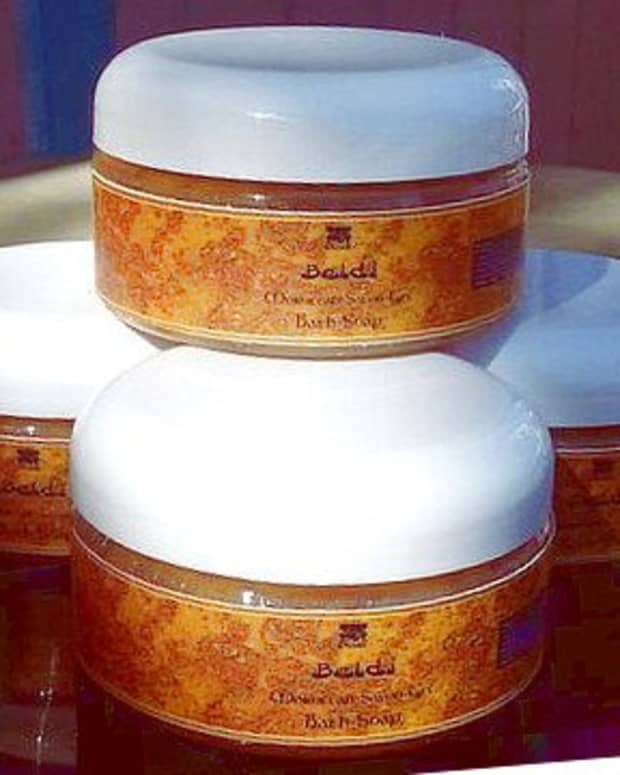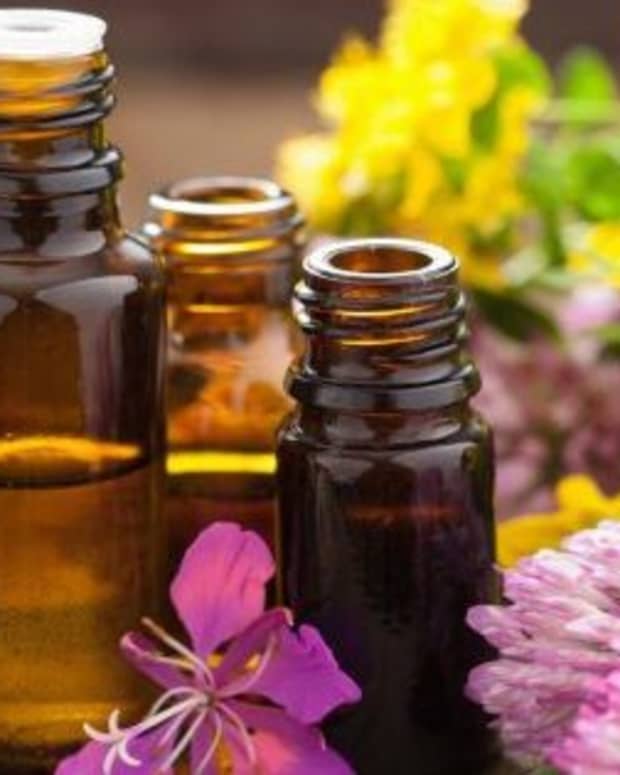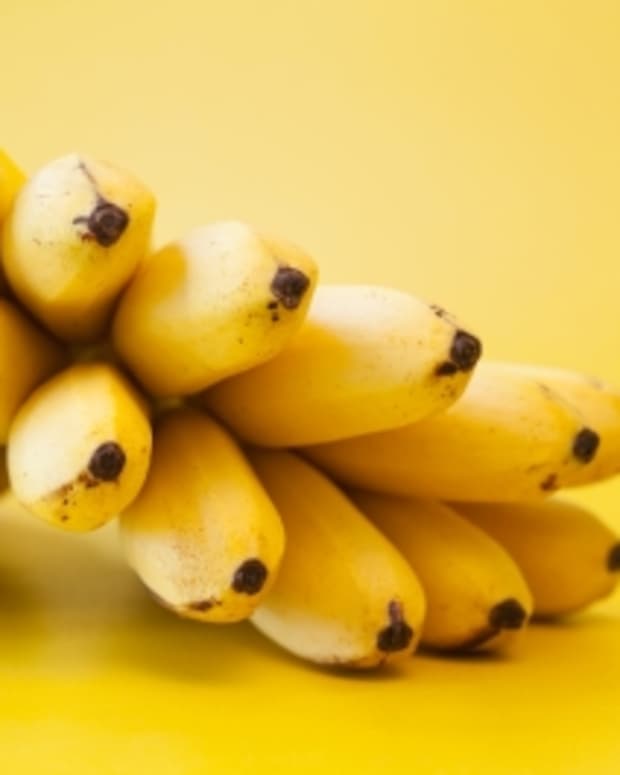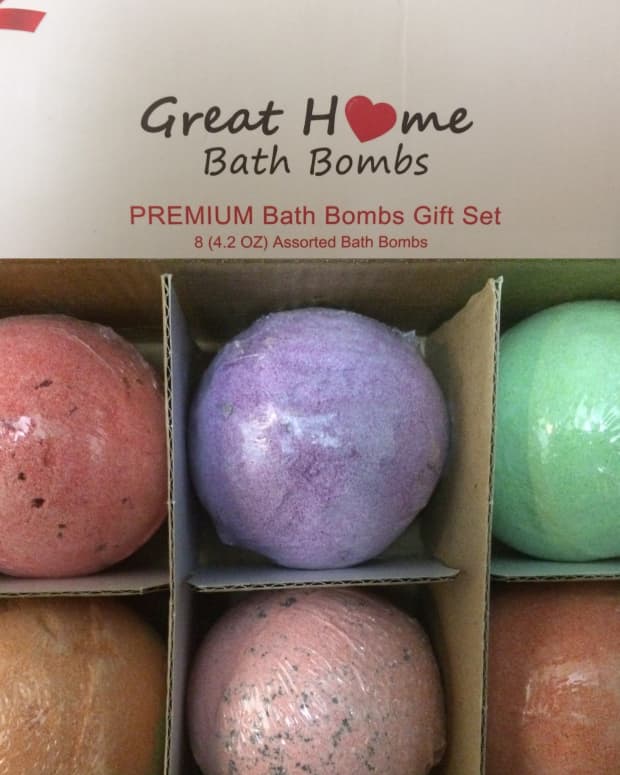How to Make Bath Salts: Guide and Recipe
Melissa Ray Davis is a freelance writer and photographer who enjoys writing about DIY and all-natural body care.
Have you ever walked past those luxury bath salt mixes in the store and thought, "Twenty dollars for a bath or two worth of salts? You've got to be kidding!" You're in luck. Luxury bath salts are quite simple to make at home, much cheaper than store-bought, and they make excellent gifts. This guide will teach you how to make bath salts, what the various ingredients used in bath salts are, and how to formulate your ingredients for different results. I'll also give some suggestions on how to package label and store them for gifts, sale, or personal use.
Ingredient Properties and What They Do
It is important to know the properties and health benefits of each ingredient, not only to learn why soaking in bath salts can be so beneficial, but also so that you can decide which ingredients to use in order to make bath salt blends for specific health effects. For instance, you use different ingredients for a detoxification bath than you would for a relaxation bath or a skincare bath. So before you use the recipe below for the first time, be sure to read my article on Bath Salt Ingredient Properties and Health Benefits; it will give you a good basic understanding of what to use when, and also some pointers on what to look for when buying the ingredients. Covered there are Epsom salts, coarse ground sea salts (including Dead Sea salts and Celtic Sea salts), baking soda, glycerin, ground oatmeal, coloring, and also information on using essential oils (aromatherapy oils) and herbs for added benefits in your bath salt mixtures.
Warnings
Do NOT eat bath salts. Some of the ingredients are poisonous when ingested. For external use only. Also, if you have high blood pressure, heart disease, kidney problems, or diabetes, ask your doctor before taking salt baths. (Research has shown that Epsom salts alone can actually be good for many of those conditions, but it is definitely best to consult your doctor). If pregnant, check with your doctor or midwife about specific herbs and essential oils before using bath salts that contain them.
Also, do not use bath salts with dried flowers or herbs in them in a tub with jets (the flowers or leaves will clog the jets).
Before you make your first batch of bath salts, be sure to read my in-depth article about the individual bath salt ingredients for further information and warnings, especially concerning essential oils. (There are some oils that are hazardous and must be avoided).
Basic Bath Salt Recipe
makes about six cups of bath salts
This recipe can be adapted to all sorts of variations to fit what you are looking for in bath salts.
Ingredients:
- 4 cups Epsom salts
- 1 cup coarse ground sea salt, high quality (preferably Dead Sea Salts or Celtic Sea Salts)
- 1 to 2 teaspoons glycerin, optional
- 10 drops food coloring, optional
- 30 to 40 drops essential oil (aromatherapy oil), optional
- 1 cup baking soda
- 1 cup ground (powdered) oatmeal, optional
- 3 Tablespoons dried flowers or herbs, optional
Preparation Instructions:
Use glass or metal mixing implements, because plastic or wood will absorb some of the ingredients. First mix all of the salts together. Then, if you are using food coloring, glycerin, and/or essential oil, drip them evenly across the surface of the salts. All of these liquid ingredients have a tendency to clump, so you will need to mix them thoroughly and break up all of the clumps. If you are using food coloring, it is a good way to judge when the salts are well mixed, because the colored clumps are highly visible. Next, mix in the baking soda and or ground oatmeal, then add the dried flowers or herbs if you are using them.
If you want the bath to have some extra detoxifying properties or to be for illness prevention, increase the amount of baking soda by as much as three cups.
Read More From Bellatory
Instructions for Use
For a standard-sized bathtub, simply add a cup of bath salts to the water and allow to dissolve. Double it for a garden tub. Do not use bath salts with dried flowers in them in a tub with jets (the flowers will clog them).
Some experts say that you get the most health benefit from a salt bath when you keep the water only lukewarm (a little above 100 degrees Fahrenheit, or 38 degrees Celsius). This temperature encourages optimal skin-absorption of the minerals in the salts. If you are using bath salts for the health benefits of the minerals, this would definitely be advisable. Otherwise, just set your bath at whatever temperature that you find most comfortable.
Also, when using a detox or illness-prevention bath salt mix, use two cups of bath salts mix in your bath instead of one. And a detox bath is one situation in which you actually want hot water, because higher water temperatures encourage the body to release toxins and then draw those toxins away from the skin as the water cools.
If you don't want the herbs or dried flowers to float freely in the bath or go down the drain, you can tie your salts into a layer or two of cheesecloth and let it sit under the running water. The salt should dissolve out and the herbs will stay inside the packet. Be sure to squeeze it a few times to make sure the salt dissolves and the herbs are able to release their infusion.
Storage and Packaging
Be sure to seal your bath salts in an airtight glass or metal container (wood and plastic are too porous). The salt will start to clump badly if exposed to air for long, because it will absorb moisture. You can use a sealable plastic bag, but do not use it again for anything else, because it will absorb some of the ingredients. If you are giving away the salts or plan to sell them, there are a few different inexpensive ways to package them. Personally, I prefer to look at the Goodwill and thrift stores for inexpensive glass canisters (the sort that you would use to store cooking staples in) or glass jars with corks. I also love to use recycled glass food jars by cleaning them out thoroughly, removing all labels, and then repainting the lid or covering it in cloth. You can tie a ribbon or some raffia around the neck of the jar to further decorate it.
If you are giving away the salts, be sure to label them with instructions for use and an ingredient list (listed in order of the ingredient with the largest amount in the mix to the ingredient with the least amount). Also include a warning against eating them, and any other warnings appropriate for the ingredients you chose to use.
This content is accurate and true to the best of the author’s knowledge and is not meant to substitute for formal and individualized advice from a qualified professional.
Comments
jennifer on October 18, 2016:
i packaged my bath salts in an air tight glass jar...why did they turn hard as a rock?
Julie on July 05, 2013:
I'm worried about the food coloring staining your skin?
theherbivorehippi from Holly, MI on July 17, 2010:
My aunt and I were talking last night and decided we want to make some lavender bath salts. Your hubs on the subject have all been so helpful. Thanks so much!
nancydodds1 from Houston, Texas on October 15, 2008:
Awesome information! I had no idea it was so easy to make bath salts. Thank you so much for sharing. I will give them a try. Very nice Hub Page. Please visit mine

